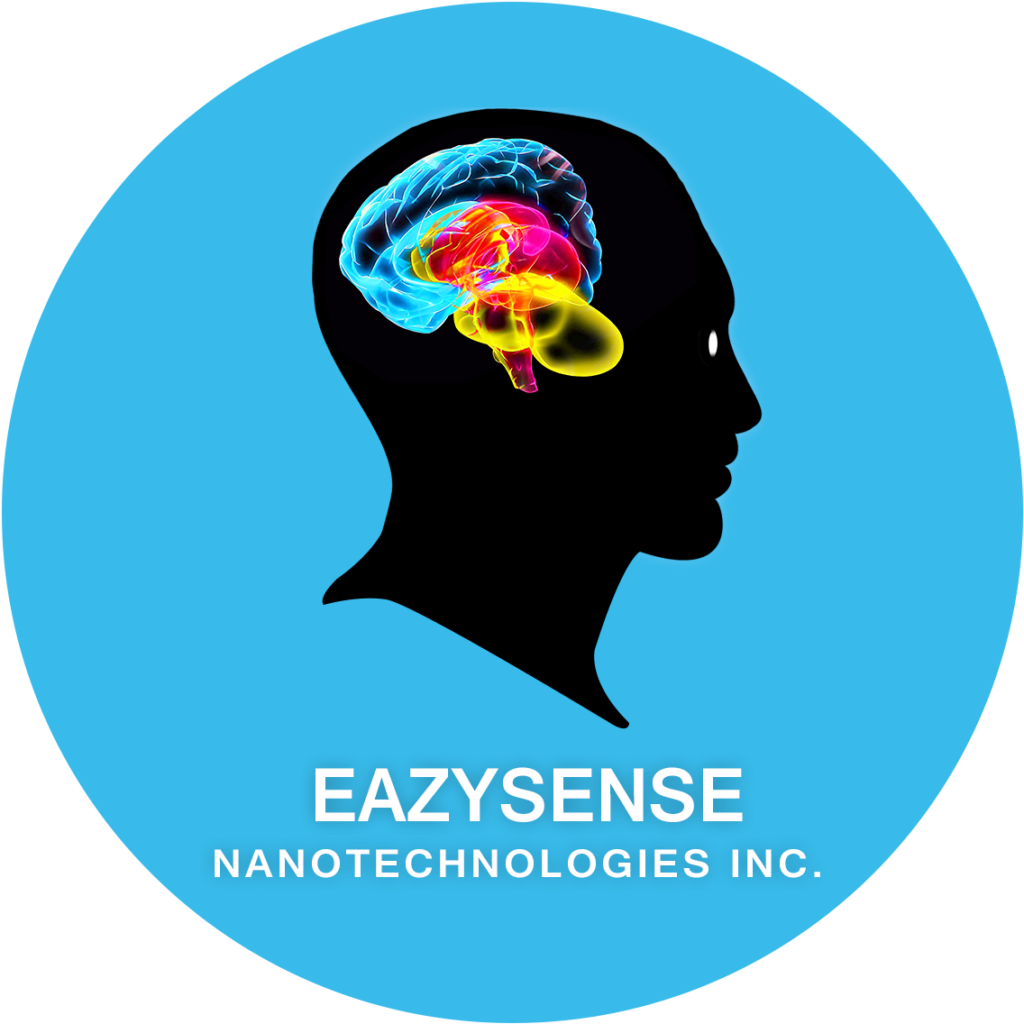Proprietary BRODERICK PROBE® biosensors & Related Biotechnologies; Carbon Nanoparticles Comprised of Lipids & Stem Cells.
Workshop Participants: P. A. Broderick Ph.D., Dr. J.H. Jacoby MD/Ph.D., A. Seegolam B.A., L.Malave B.S., I.Hernandez and D. F. Buenaventura M.S.
Affiliations: Dept. of Physiology, Pharmacol. &Neurosci., Sophie Davis Sch. CCNY, New York, NY; Biol., CUNY Grad. Ctr., New York, NY; Ctr. for Advanced Technol. (CAT) City University of New York, CUNY, New York, NY; Neurol., NYU Langone Med. Ctr., New York, NY, Dept. of Psychology, Hunter College, Dept. of Psychiatry, University of Medicine and Dentistry New Jersey. UMDNJ, NJ, USA.
What if one were to envision a biosensor which is smaller than a human hair, which images several chemical and biologic substances separately within a temporal resolution as low as nanoseconds in real time, in vivo, in vitro, and in situ in the intact living brain? What if this biosensor provides imaging of specific neurotransmitters at specific oxidation potentials enabling characteristic analog signal processing in the intact living organism using a current resolution range as low as nanoamperes. In controlled studies, this biosensor has been shown to be free of bacterial infection. Moreover, what if this biosensor enables on line imaging without losing steady-state concentrations of neurotransmitters and neurochemicals in the living brain?
What if this biosensor encompasses hundreds of tested patented formulas for use in selectively imaging a myriad of substances capable of diagnostic use in ameliorating brain disease? What if this biosensor were amenable to regenerative, preconcentrative and conditioning processes with or without performing genetic engineering. What if the biosensor does not produce scarring (glial) formation after brain implantation of the biosensor in patients as reported by NYU Langone pathologists.
What if the biosensor is already available for scientific use in humans and animals? The present the workshop presents such a unique biosensor technology presenting the tools needed for Neuromolecular Imaging (NMI) and the applications and use of the BRODERICK PROBE®. This biosensor has already met with success in the clinic in the operating room and the images are recorded on line, in vivo, in real time, within the neocortical brain of the epileptic patient during intraoperative surgery.
The terminology, NMI, was recently introduced into the literature (Broderick and Pacia, 2005) and is based on, but is different from conventional electrochemistry and conventional voltammetry. NMI allows inventive new formulations for biosensors; these include biochemical classes of lipids, glycolipids, lipoproteins, cerebrosides, ceramides and fatty acids, whether saturated or unsaturated.
Detection capabilities include, among others, dopamine (DA), serotonin (5-HT), homovanillic acid (HVA), l-tryptophan (L-TP), norepinephrine, (NE), ascorbic acid (AA), uric acid (UA) as well as neurotransmitter peptides such as dynorphin and somatostatin. The BRODERICK PROBE® biosensor is further useful for diagnosis and treatment of brain and peripheral diseases due to its molecular recognition imprinting properties. This workshop will cover the tools necessary to learn this patented, proprietary versatile tool for neuroimaging. See Figure 1 for an in vivo recording in the murine model. The indicator biosensor was inserted into the nucleus accumbens under anesthesia. Upon recovery, the subject is studied in real time; this subject was untreated and freely mobile.

Figure 1- NMI recording of neurotransmitters in nucleus accumbens NAc. The y-axis shows current changes in nanoamperes (nA) from baseline. The x-axis shows applied potential in subunits of Volts (millivolts). Each neurochemical exhibits electron transfer properties at a specific oxidation potential. Abbreviations are denoted in the text.
Biography of First Author Participant:
Patricia A. Broderick completed her Ph.D. degree in Pharmacology at St. John’s University, College of Arts and Sciences in 1979, completed her postdoctoral fellowship at the Albert Einstein College of Medicine/Montefiore Hosp. 1985 and completed her Research Associate Position at Cornell University, Dept. of Neurology, NY, 1986. She began her Professorship in CUNY in 1986 and her Adjunct Professorship in NYU Langone Medical Center, NY, 2000. Patricia is a tenured full Professor in both Institutions as well as faculty in the CUNY Graduate Center in the Dept. of Biology and she has recently been appointed to the position of Course Director in Pharmacology for the Physicians Assistants Program in Sophie Davis Sch., CCNY, CUNY. Dr. Broderick presently mentors a doctoral and masters student well as undergraduates, including a student from Hunter College. In addition, students in the Broderick Laboratory mentor three high school students from Stuyvesant High and the Bronx High School of Science. Patricia lectures medical students and physician assistants in the Pharmacology and the Neuropsychiatry Courses at Sophie. She is the inventor of 4 patents, held by CUNY and NYU; a fifth patent is pending; two of these patents are co-authored by Dr. Pacia, MD, NYU Langone and Lenox Hill Hospitals. Patricia serves as Editor-in-Chief, Field Editor and member of Editorial Boards in Denmark/Germany, Switzerland/ China/ Iceland/ Ireland, India/ UK and Nevada, USA. Professor Broderick has published extensively, over 250 publications and presentations and has founded the Broderick Brain Foundation in honor of her father. She is the recipient of the Irish 100 Educator Award, 2012 and is the 2013 awardee in the field of science and technology in Leaders Magazine.
